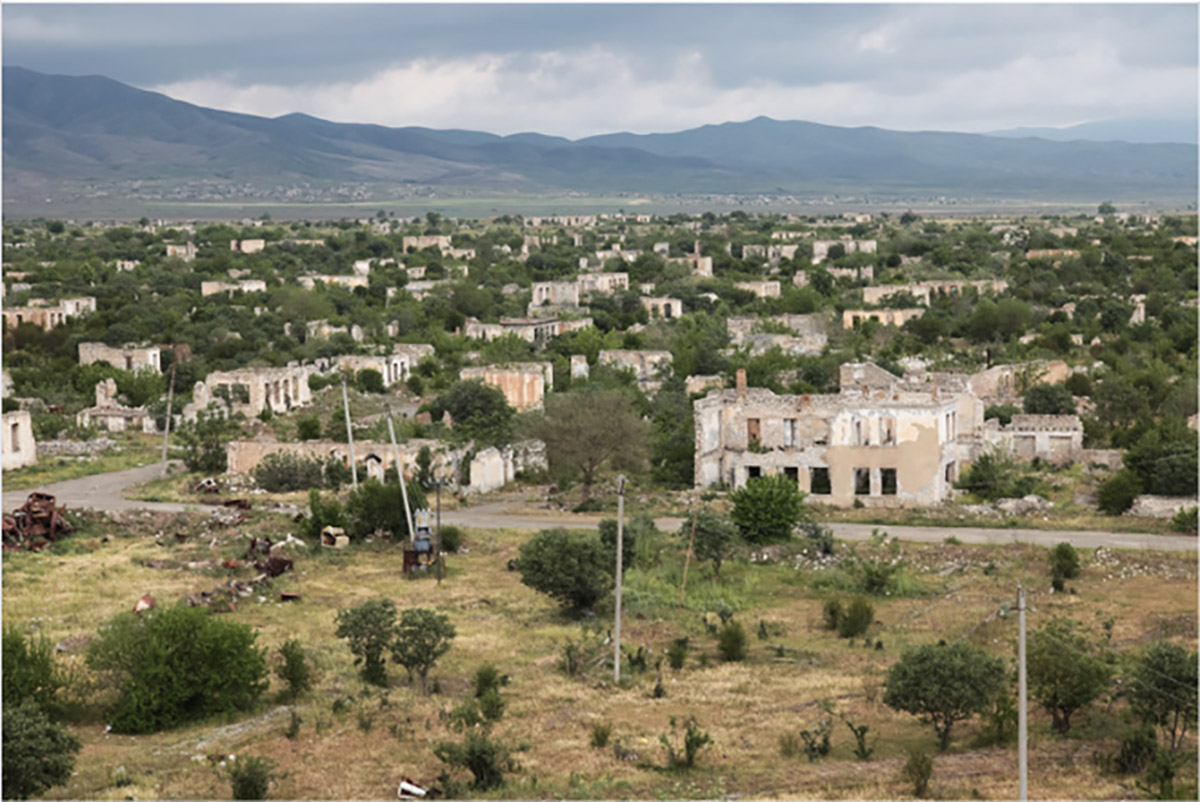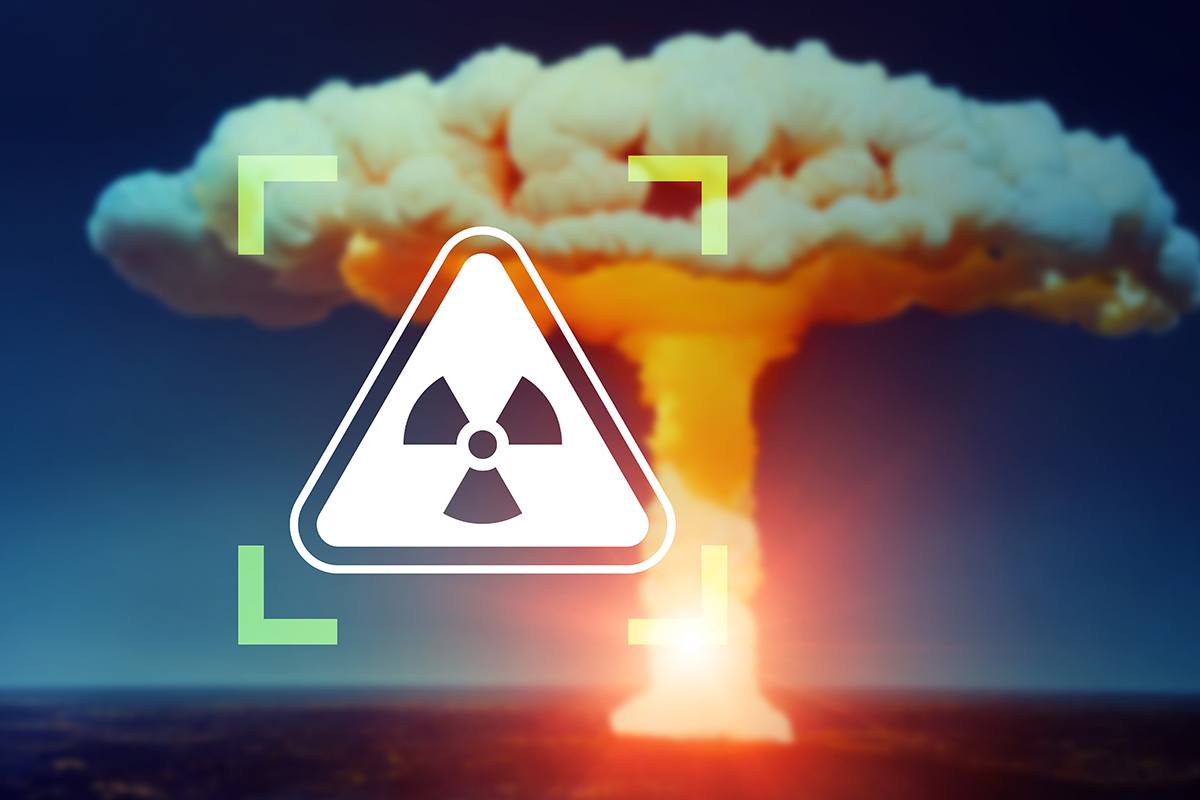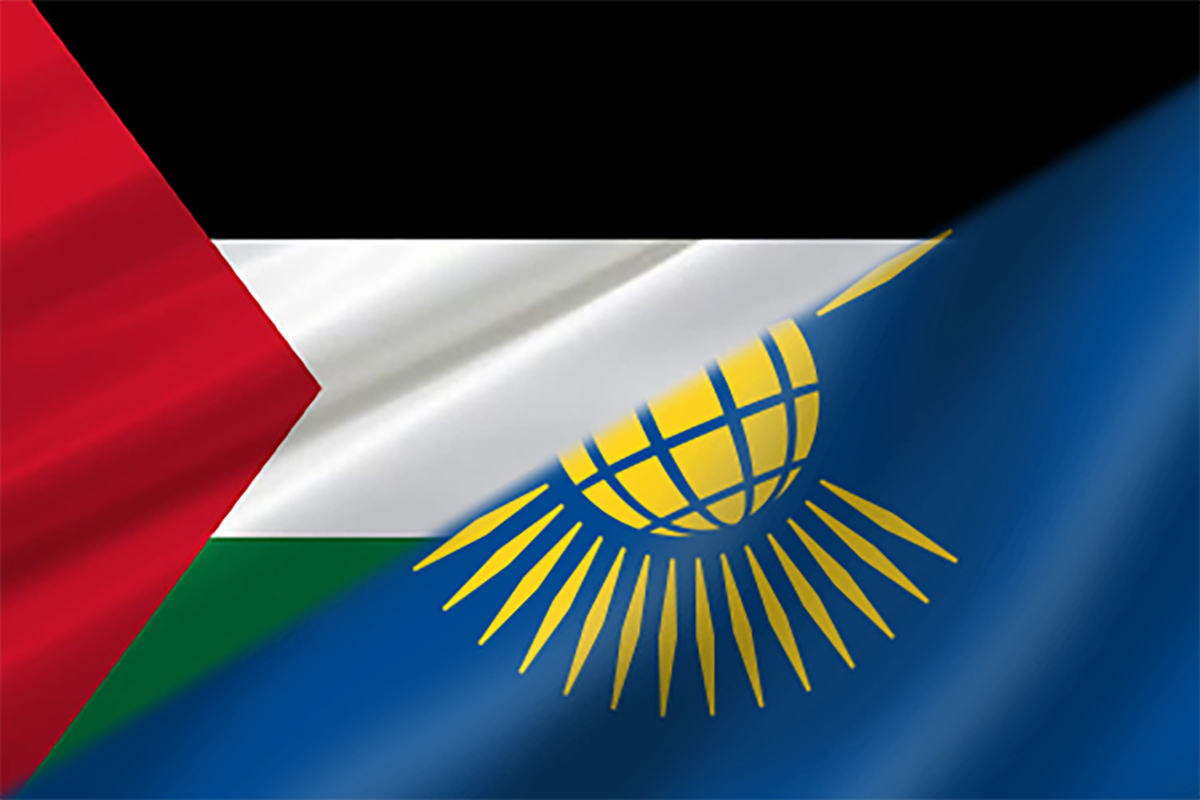Dissolution of Artsakh: Nagorno-Karabakh on the precipice of an uncertain future
January 29by Faseeh Abbas
In the midst of the stunning landscapes of the Lower Caucasus, the Nagorno-Karabakh region of Azerbaijan grapples with a turbulent present, echoing the tragic history of sacrifices made by thousands of soldiers.
As the region faces the dissolution of the Republic of Artsakh, the crossroads between a tumultuous past and an uncertain future come sharply into focus.
Recent events in Nagorno-Karabakh paint a complex picture of territorial struggles and shifting power dynamics. The Second War in September 2020 marked a significant turning point, resulting in an Azerbaijani victory. The aftermath saw Azerbaijan regaining control of territories, unblocking economic and transport links, and deploying Russian peacekeeping forces. Claims of Armenian ethnic cleansing emerged but were vehemently denied by Azerbaijan.
The disbandment of Artsakh defense forces and the eventual dissolution of the Republic of Artsakh from the Azerbaijani perspective signal the end of what they perceive as unattainable and false Armenian dreams, notably referencing the “Miatsum project.” This dissolution, however, is seen by some Azerbaijanis as a moment of peace, attributed to Turkey’s efforts and the Shusha Declaration.
The Shusha Declaration, signed in the aftermath of the 2020 war, emerges as a pivotal step towards reconciliation. It aims to establish peaceful coexistence between Azerbaijanis and Armenians, emphasizing shared cultural heritage and acknowledging the complexities of the conflict. The declaration envisions the opening of communication and transportation links, fostering an environment conducive to lasting peace.
However, these recent events have not only shaped the dynamics within the region but have also had broader geopolitical repercussions. The deepening relations between Azerbaijan and Turkey have been accompanied by strained relations between Russia and Armenia. The 2023 Armenian Protests reflect the growing discontent and frustration, with Armenians surrounding the Russian embassy in Yerevan, criticizing Russia’s refusal to intervene in the escalating conflict.
Amidst these contemporary developments, it becomes essential to delve into the historical backdrop that has fueled the longstanding tensions in Nagorno-Karabakh. Predominantly Armenian in majority but historically under Azerbaijani control since the Russian era, the region has witnessed battles, with the First Major War from 1988 to 1994 marking a pivotal moment. The aftermath of the First War resulted in an Armenian victory, leaving Armenia in control of Nagorno-Karabakh and adjacent Azerbaijani districts, displacing hundreds of thousands of Azerbaijanis.
The suffering of internally displaced people (IDPs) during the 1990s echoes in the narrative, highlighting the dire living conditions faced by Azerbaijanis, who had to resort to living in train wagons. Despite the de facto independence established for the Republic of Artsakh, peace negotiations failed to bring lasting stability.
As Nagorno-Karabakh stands on the precipice of an uncertain future, the beauty of its landscapes conceals the wounds of conflict. Victories, geopolitical shifts, and diplomatic initiatives like the Shusha Declaration hold the promise of a new chapter, where shared history may become a bridge toward lasting coexistence. The people of Nagorno-Karabakh, having endured the echoes of war, yearn for a future where the tapestry of their homeland is woven with threads of peace and understanding.






